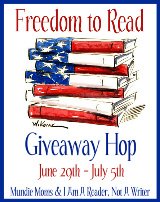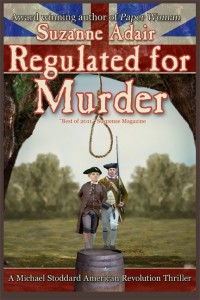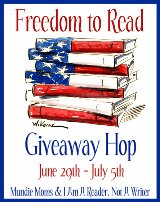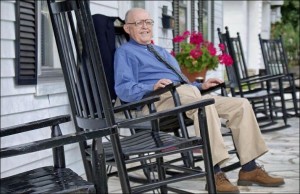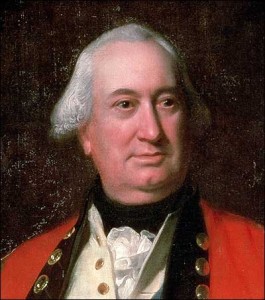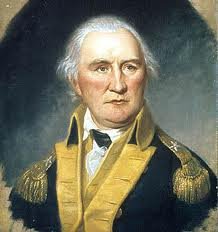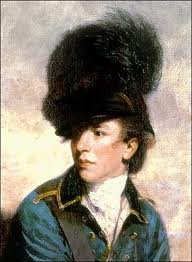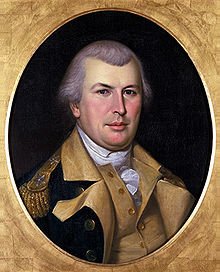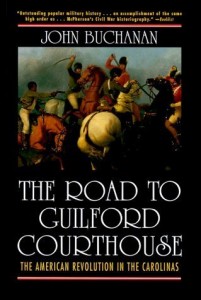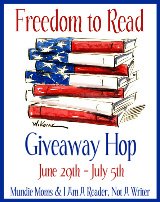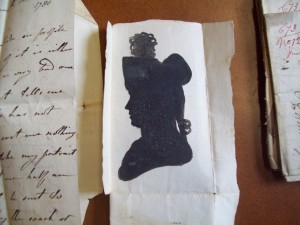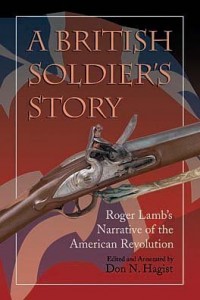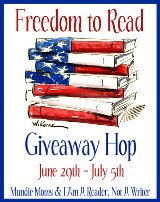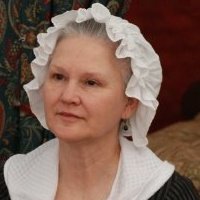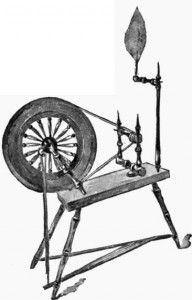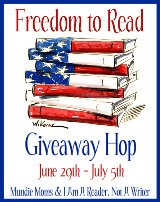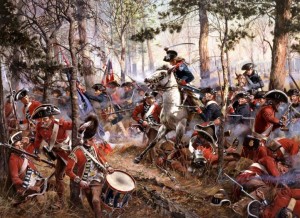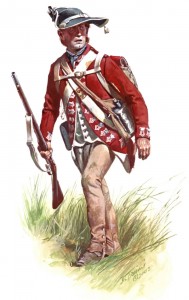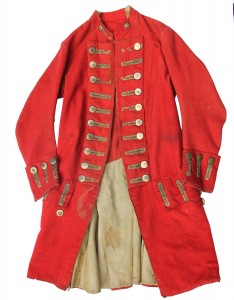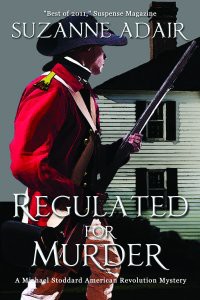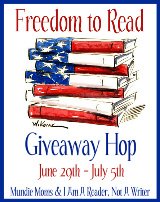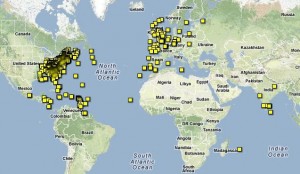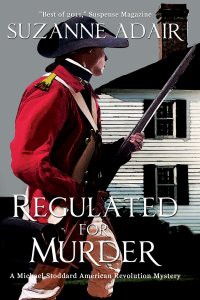Relevant History welcomes Joanne Dobson and Beverle Graves Myers, co-authors of the historical mystery Face of the Enemy, released 4 September 2012.
A former English professor at Fordham University, Joanne Dobson is the author of the Professor Karen Pelletier mystery series from Doubleday and Poisoned Pen Press. She won an Agatha nomination for Quieter Than Sleep, the first book in the series.
Her novels have been widely reviewed, including in the New York Times. In 2001 the adult-readers division of the New York Library Association named her Noted Author of the Year.
Face of the Enemy is her latest title. For more information, check her web site.
Beverle Graves Myers is a Kentucky native who’s always loved stories and always asked “why.” She made a mid-life career switch from Psychiatry to writing. Her latest project is a collaboration with fellow mystery author Joanne Dobson. Face of the Enemy launches a series that follows New York City through the challenges and triumphs of World War II. Bev also enjoys mixing murder and music in her Tito Amato Mysteries set in dazzling 18th-century Venice. Her work has been nominated for the Macavity, Derringer, and Kentucky Literary awards. For more information, check her web site.
******
For decades the internment of Japanese-Americans during World War II was a barely acknowledged part of our national history. In February 1942, just over two months after the surprise attack on Pearl Harbor, President Franklin D. Roosevelt issued Executive Order 9066 that led to the relocation of some 120,000 “persons of Japanese ancestry” in internment camps for the duration of the war. Almost all were relocated from the West Coast, mainly from California.
More recently, however, this injustice has received the attention it deserves. President Ronald Reagan signed into law the Civil Rights Act of 1988, granting each survivor of the internment camps a sum of $20,000. On the fiftieth anniversary of the attack on Pearl Harbor, President George Bush offered the internees a formal apology. Several relocation centers have now been designated National Historic Landmarks and are open for tours under the management of the Park Service, and many schools include the topic in the Social Studies curriculum.
In the entertainment world, there is even a new musical set to open later this month that follows a family relocated from Salinas, California to the wastelands of Wyoming. Allegiance stars George Takei as Sam Kimuro, an elderly war veteran trying to reconcile with his family and his past. As a boy, Takei and his family were actually interned at Camp Rohwer and Camp Tule Lake.
Before we began researching the early war years for the mystery novel that eventually became Face of the Enemy, we wished we could work something about the internment camps into our plot. But we’d made a commitment to follow New York City through the war years, and like so many, we believed that the relocation was confined to the West Coast. Were we in for a surprise!
Our first task was to construct a day-to-day timeline of events using back issues of the New York Times. We started with the week of the Pearl Harbor attacks, and one article from December 8, 1941 practically jumped off the computer screen. The front-page headline: Entire City Put On War Footing—Japanese Rounded Up by FBI. We quickly scanned the article and hunted for follow-up information. This is what we learned:
Throughout the night following the attacks, the FBI, assisted by New York detectives and plainclothes policemen, conducted the extensive round-up in a fleet of government vehicles. Most of those arrested (allowed to take only what they could carry) were transported to the Federal Building at Foley Square or straight to the Barge Office on the southern tip of Manhattan for transport to Ellis Island. A ferry, surrounded by Coastguardsmen with rifles and fixed bayonets, sailed back and forth all night. The well-planned, well-organized effort eventually cast a wide net over the city’s German, Italian, and Japanese residents. But the Japanese detention came first and was the most comprehensive. One man interviewed while waiting for the ferry to Ellis Island stated that he’d left Japan in 1917, graduated from New York University, and had lived and worked as a doctor in the United States for thirty-five years.
The Alien Enemy Hearing Board appointed by U.S. Attorney General Frances Biddle was sworn in right before Christmas 1941, and hearings quickly commenced. Some Japanese nationals of government interest or official status would be exchanged for Americans held in Japan. Most of the detainees were destined to be released, pardoned, or interned according the Board’s findings. People had to make their cases in closed session before the members of the Board with no legal representation present. Some ended up being held at Ellis Island for the duration, without familiar food, clean beds, or school for the children. A New York Times January 24, 1942 article describes the situation best, “For the time being New York has a concentration camp of its own.”
In Face of the Enemy, all this backstory sits on the slender shoulders of Masako Fumi, a brilliant avant garde artist married to a Columbia University professor of Asian history. Raised in Paris while her father was Japan’s ambassador to France, Masako has broken with her family and has not seen Japan since she was three years old. After she was picked up in the December 8th sweep, her troubles multiply: she is accused of murdering the art dealer who, due to public protests, was removing the paintings from her solo show. Is Masako guilty of murder? Or is she simply a victim of the prevailing racial paranoia?
*****
A big thanks to Joanne Dobson and Beverle Graves Myers. They’ll give away a hard cover copy of Face of the Enemy to someone who contributes a comment on my blog this week. I’ll choose the winner from among those who comment by Sunday at 6 p.m. ET. Delivery is available in the U.S. and Canada.
**********
Did you like what you read? Learn about downloads, discounts, and special offers from Relevant History authors and Suzanne Adair. Subscribe to Suzanne’s free newsletter.







